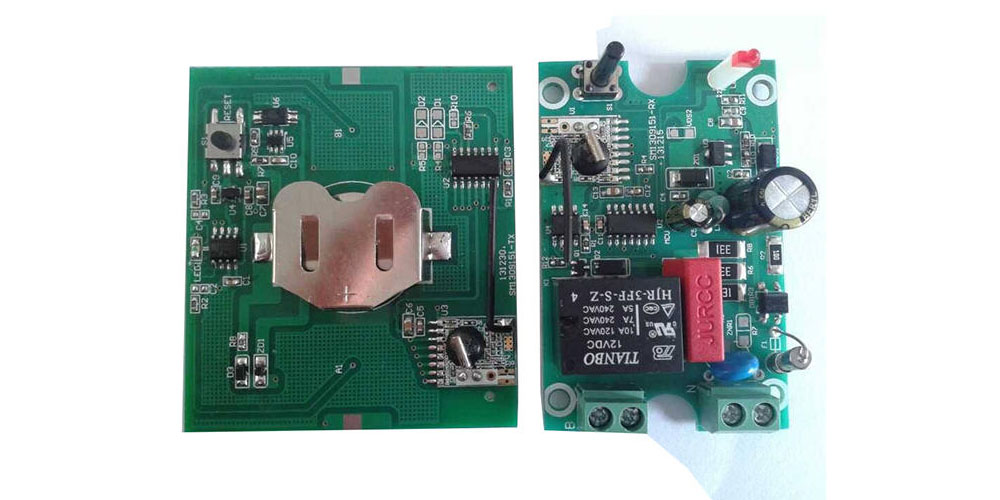Many applications like industries and automotive use PCBs to make both simple and complex parts for their needs. Simple PCBs are popular in homes in objects like radios which are easy and quick to develop. PCBs differ based on the type, design, material, and function. Some manufacturers offer customization services to determine the look of your PCB. Printed circuit boards material is crucial since it supports the electronic devices attached to it. Some PCBs are rigid and others flexible, for example, the medical PCB. Materials behave differently, and some have more benefits than others. In this post, we expound on the PCB materials used in various applications.
PCB Materials Used in Various Applications
Copper is a dominant material in PCBs because of its good conductivity levels. Other materials vary depending on several factors like function. For example, a poor conductor of electricity is used as an insulator, such as plastics, glass laminates, and porcelain. However, for the current to flow, materials like copper are introduced. Others include;
1. FR 1 and 2 materials
Most single-layer PCBs use these materials. They are a combination of paper and phenol components that share some qualities. However, the elements pose differences in the temperature range. In the glass transition process, different temperature ranges are recorded. FR1 has a high transition glass temperature while FR2 is low. The difference allows them to be used in various applications or one whose processes require different temperature ranges. The materials come as non-hydrophobic, which is a rare kind, standard and halogen-free.
2. FR4 material
Most PCBs are made from it because of its tensile strength and water-resistant characteristic. The material provides adequate mechanical support for the electronic components on the board, keeping them firm and less shaky. FR4 is a sheet of epoxy laminate combined with glass. It prevents water from entering the object; thus, no damages are incurred. FR4 material is available as standard, high glass transition temperature, and is halogen-free. All three forms are suitable for use but have distinct differences. The standard form is the most common and affordable. For the halogen-free and high glass transition temperature, the lead reflow technology must be present for them to work
3. Prepeg material
It’s the least common of all four materials. Prepeg, also known as pre-impregnated, has fiberglass filled with resin material. The manufacturer melts the resin and allows it to flow into the fiberglass, which later dries. The amount of resin isn’t constant and can either be high, medium, or standard. The outer layer of the prepreg is sticky, providing a good base for attachment.
4. Polyimide material
Manufacturers mainly use it to form medical parts since its flexible. It consists of three components; Dupont, rogers, and Kempton. Polyimide is known for its good electrical properties and ability to prevent chemical elements.
Conclusion
PCB manufacturing involves the use of various materials. Choose materials that work well for your application and can withstand the environment. Your choice of material affects the quality of your PCB. In addition, consider the cost, tensile strength, and availability of the materials.
